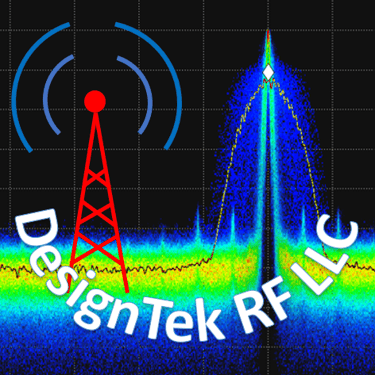Resources to help protect your fisheries
Barrier Troubleshooting
System Troubleshooting
The controller should show stable results measurements for the following readings:
Battery Voltage (should be between 11 and 14 volts)
Probe Voltage (should be about equal to the Battery Voltage)
Probe Resistance (should generally be between 3 and 300 ohms)
Probe Current (this can vary depending on the length of the probe and the consistency of the probe design and gap between the electrodes)
Barrier Effectiveness Quality Factor (this is an estimated measure in feet; if the installed probe length underwater is less than this number then the barrier should be effective in suppressing the snails)
Reading can vary slightly from pulse to pulse but should be much less than 10%. If the numbers seem to be erratic check for proper connections. If the battery voltage is erratic this would suggest problems between battery and controller. However, if the solar panel or solar charge controller is bad or has poor connections the battery may not be charging correctly. If the probe measurements are erratic this would suggest problems with probe connections, installation or probe quality.
If there is an error or warning those issues should be resolved.
The controller should pulse every 3 seconds. The pulse indicator should be a White or Blue dot. If it is Red there is a problem which is likely a shorted probe.
Controller Troubleshooting
If the controller seems to be erratic it could be swapped with another controller or it could be tested with a resistive load between 10 and 50 ohms (10 to 50 ohm resistor, 1/4 Watt). You should read the resistance of the load directly on the controller. If the measured probe resistance is outside the resistance tolerance of the specification the controller is defective.
Probe Troubleshooting
The Probe Resistance should generally be between 3 and 300 ohms. If the probe resistance is high then there can be a bad connection or the probe is dirty and needed to be cleaned. See Probe Maintenance for cleaning instructions. If the probe is corroded it may need to be replaced.
Solar Panel Troubleshooting
To troubleshoot solar panels, start with a visual inspection for dirt, obstructions, and damage, then finally, use a multimeter to check voltage and current.
Here's a more detailed breakdown of solar panel troubleshooting:
1. Visual Inspection:
Check for Obvious Issues:
Look for any signs of damage, like cracks, discoloration, or loose connections on the panels themselves.
Cleanliness:
Ensure the panels are free of dirt, dust, bird droppings, or other debris that can reduce their efficiency.
Obstructions:
Confirm that nothing is shading the panels or blocking sunlight from reaching them.
2. Electrical Checks (with a multimeter):
First make sure all loads are disconnected from the solar panel even the solar charge controller.
Open-Circuit Voltage:
Measure the voltage across the solar panel (open circuit).
Short-Circuit Current:
Measure the current flowing through the panels using your amp meter. Caution: makes sure your amp meter is set to measure current and the right range. Verify that meter can handle the short circuit current by making sure the short circuit current specification of the solar panel is less that of the meter range you selected. Generally a 10 Amp range of the amp meter is sufficient.
Wiring Connections:
Inspect all wiring connections for tightness, corrosion, or damage, as loose or faulty connections can cause problems.
If the Open-Circuit Voltage and Short-Circuit Current do not meet their specifications the solar panel is faulty.
3. Other Potential Issues:
Snail Trails:
These are slimy trails left by snails that can block sunlight from reaching the panels.
Hot Spots:
These are areas on the panel that are overheating, which can indicate a problem with a cell or connection.
Faulty Wiring:
Over time, connections between the solar panels and charge controller, and barrier controller can become loose, corroded, or oxidized, which can interfere with electricity production.
Overheating:
Solar panels can overheat, especially in hot weather, which can reduce their efficiency and lifespan.
Creative solutions for aquatic ecosystem preservation.
© 2025. All rights reserved.
